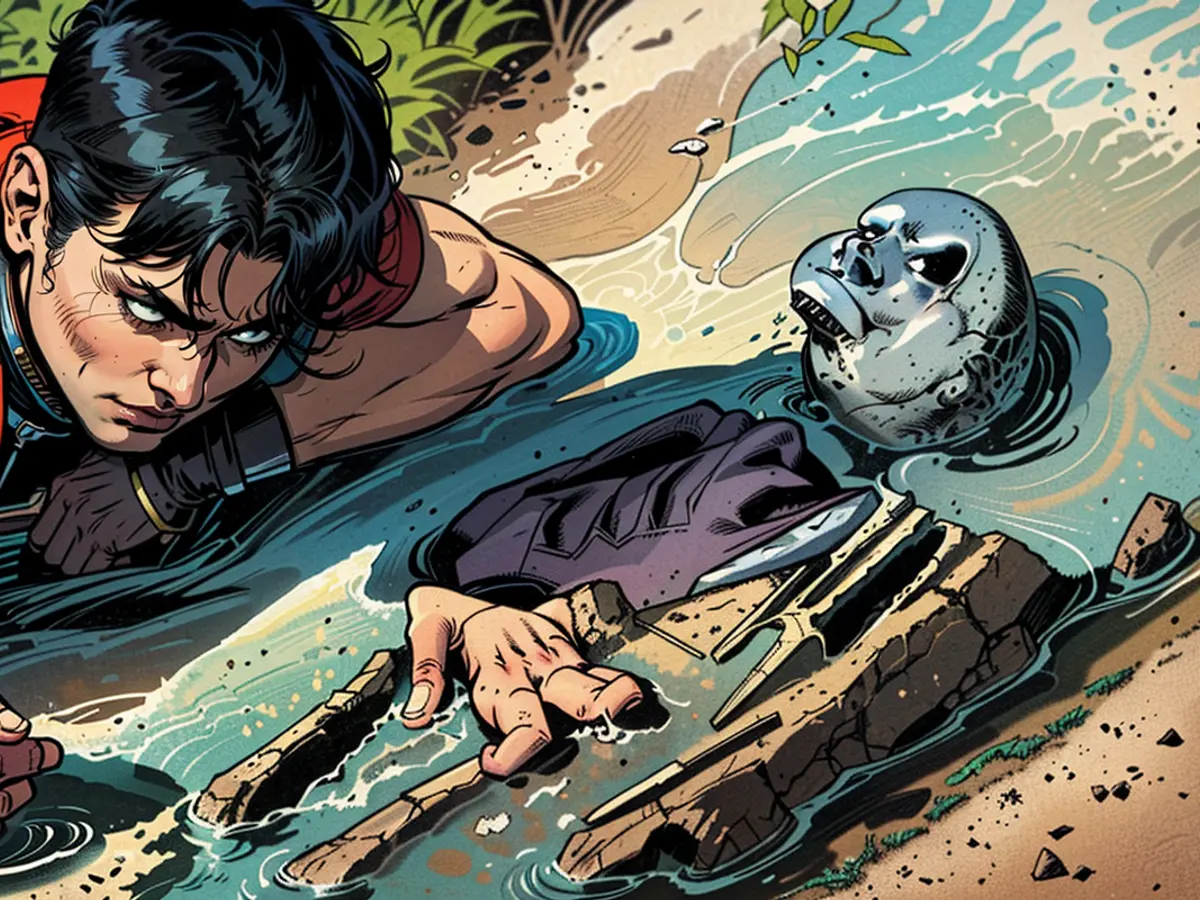- Tombs and Slavic settlements discovered in the area of the town of Saale
Archaeologists have discovered a nearly 1,000-year-old settlement with a complete graveyard in Wettin-Löbejün (Saalekreis). The excavations are taking place ahead of the expansion of the South-East Link direct current transmission line. "On this small cemetery, measuring just 5 by 30 meters, there are 60 burials in two parallel rows, closely packed together. The north-south oriented deceased were buried on their backs, facing east, in accordance with Christian ritual, without any grave goods," said project leader and archaeologist Susanne Friederich at the excavation site. Only jewelry items such as bronze rings and beads were found in the graves. Most of them are backfill graves, common in the 10th to 12th centuries. Some also had stone enclosures around the head or legs.
Notable Graves
"A particularly notable grave is a square excavation: a family grave with two adults and two children. Traces of corner posts and wooden beams indicate a complex grave architecture," explains excavation leader Markus Fitzek. Equally unusual is the burial of a sick child who suffered from hydrocephalus, also known as water on the brain. In this condition, excessive amounts of cerebrospinal fluid accumulate inside the skull. In the chest area of the child, beads were found. These may have been a sign of the community's care.
On an area of 5,000 square meters, a Slavic settlement area has been uncovered. This area includes a craft quarter with mining pits, primarily used for extracting bog iron ore. A blast furnace with accumulated raw iron on the furnace sole indicates on-site processing. Spindle whorls found suggest textile production. Two unlined well shafts, about 1.50 meters deep, were used for water supply.
Two-Phase Settlement Structure with Craft Quarter
There were two settlement phases. In the earlier phase, the site was protected by a four-meter-wide moat. Later, in the second phase, this protection was abandoned. The settlement now consisted of individual farmsteads surrounded by smaller, approximately 50-centimeter-wide ditches. Notable finds from the settlement area include a bead from a farmstead ditch and a bronze arm ring from the moat. Project coordinator Christian Lau explains the complex overall picture. "About 25 meters away from the settlement site is the associated cemetery. On the way there, the inhabitants passed by horse burials."
The line runs through settled land with extremely fertile soil on 170 kilometers of its length through Saxony-Anhalt. The entire line is about 540 kilometers long. Since the settling of humans in the region about 7,500 years ago, the quality of the soil has been the decisive factor in choosing settlement sites. This results in a very high density of archaeological finds in the region. So far, a total of 300 settlement and burial sites have been identified along the South-East Link in Saxony-Anhalt throughout history.
The archaeological documentation work in the area of Wettin-Löbejün will be completed by the end of August 2024.
The excavation revealed a 'grave field' adjacent to the settlement, containing over 60 burials. This 'grave field' is notable for the family grave with two adults and two children, featuring complex grave architecture.






